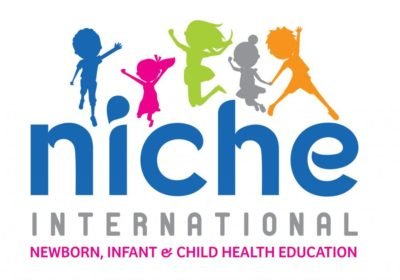The Neonatal Care Course is a short, stand alone course on the care of the newborn baby in the first 28 days of life but the ripple effects of the training are far-reaching. NICHE believes that training local instructors leads to this sort of – hopefully long lasting – empowerment. Many oxygen concentrators are abandoned or broken because they are poorly maintained or not fully understood. Here, Vivian is teaching staff at Nkoabang Baptist Health Centre how to look after this vital piece of equipment.

The transcript below is Vivian’s WhatsApp message to Grace in Cameroon, delighted that a baby’s oxygen saturations came up so demonstrably after she had overhauled the concentrator and got it working again:
[5:00 pm, 25/05/2022] NDZE GRACE BONGBAN: Greetings to everyone in the house above is my first presentation on oxygen concentrator to the staff body in Nkoabang Baptist health center infact i really thank Ma Grace and Daddy Justin Fombe for the knowledge I have rescued a patient’s life today we had a patient whose saturation stood at 88 just from cleaning changing distilled water, positioning and ventilation saturation is now 91 dear colleagues let’s pass this knowledge to safe lives on another positive note i emphasized on the need for a projector and we bought one to facilitate teaching
[5:00 pm, 25/05/2022] NDZE GRACE BONGBAN: Also did a presentation to MCH Staff today on convulsion and there was a lot of learning
[5:00 pm, 25/05/2022] NDZE GRACE BONGBAN: We keep on putting our knowledge into practice and results will be visible



